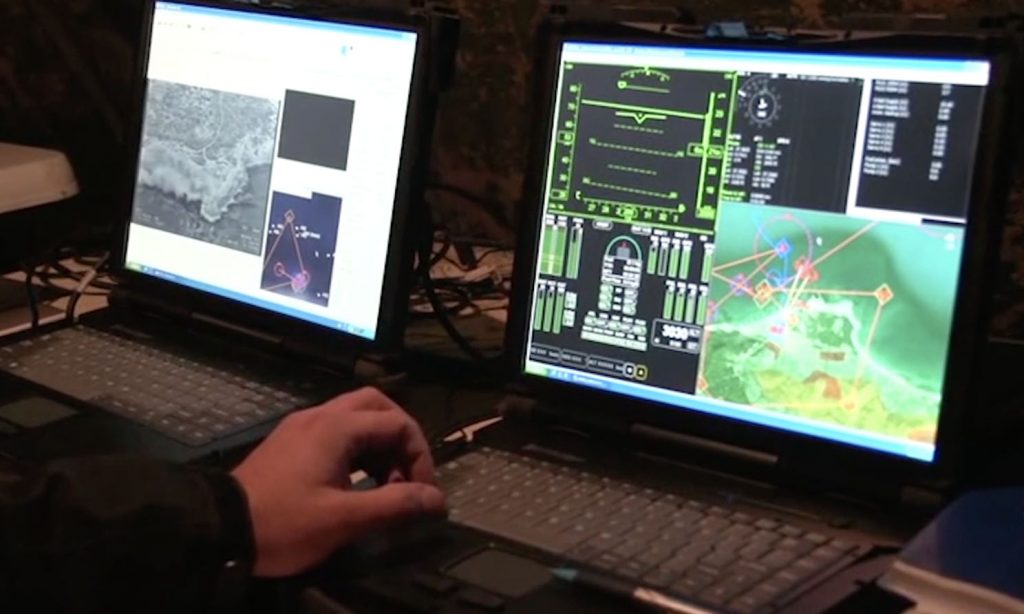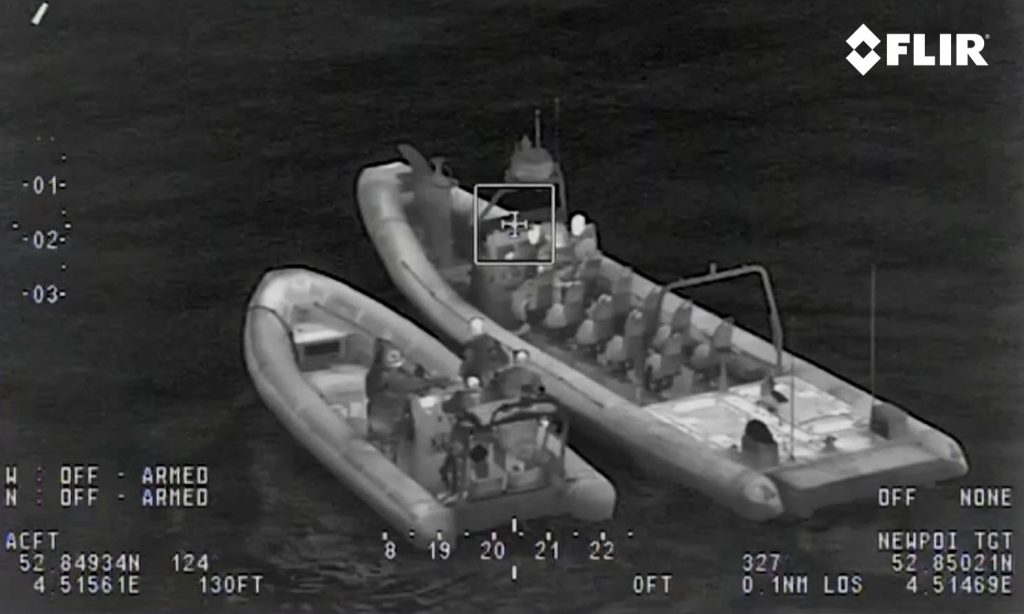Schiebel Camcopter® S-100 UAS
Schiebel, an Austrian manufacturer of Unmanned Air Systems (UAS) for civilian and military applications, has sponsored Earthrace by providing one of their CAMCOPTER® S-100 systems to assist our fishery and jungle patrols. Schiebel’s unmanned helicopter is a proven capability for military and civilian applications. The Vertical Takeoff and Landing (VTOL) UAS needs no prepared area or supporting launch or recovery equipment. It operates day and night, under adverse weather conditions, with a range out to 200 km (130 miles), both on land and at sea. The S-100 navigates automatically via pre-programmed GPS waypoints or can be operated directly with a pilot control unit. Missions are planned and controlled via a simple point-and-click graphical user interface. High-definition payload imagery is transmitted to the control station in real time. Using “fly-by-wire” technology controlled by redundant flight computers, the UAS can complete its mission automatically in the most complex of electromagnetic environments. Its carbon fiber and titanium fuselage provides capacity for a wide range of payload / endurance combinations
Maximum airspeed: 130 kn (240 km/h) IAS
Dash speed: 120 kn (222 km/h) IAS
Loiter speed: 55 kn IAS (102 km/h) for maximum endurance
Standard Endurance: 6 h with 34 kg (75 lbs) payload
Extended Endurance: 10 h with secondary fuel tank
Maximum Altitude: 18,000 ft in ISA conditions @ reduced GW
Airframe loading: +3.5 g to -1 g rated
Operating temperature: -40°C to +55°C (-40°F to +131°F)
Wind (takeoff and landing): Up to 25 kn (46 km/h)
Control Station: 2 Persons
Imaging: Electro-Optical/Infrared (EO/IR) gimbals
Investment: mid-single digit million range, depending on payload
Engine Type: Rotary aviation engine
The CAMCOPTER® S-100 is a key tactical asset for us. When running patrols, historically we would detect vessels on radar, then pursue them to see if they are illegal or otherwise. It burns lots of fuels, wears out our crew, and makes operations costly and slow. As we’d approach illegal vessels, they often cease fishing or discard their catch, making prosecution challenging. Further to this, illegal fishing is often done by fleets in close proximity to each other, but once you board a single vessel, the rest are generally alerted by VHF radio. The best we can get is a single arrest. The S-100 is a game changer in this regard. We fly her up to 100nm away with live video back to the Modoc, meaning our sphere of influence has gone from just 48nm wide, to over 200nm. With high powered day and night cameras, we covertly gather evidence of illegal activity without vessels knowing they are under surveillance. We then pursue the vessel, board them, and bring them in for prosecution. We now only chase vessels we know are illegal, and when we launch our smaller tactical vessels to pursue them, we already have the evidence to prosecute them.

The Camcopter® S-100 has a Dual Control Station – One to manage the flight, and the second to control the cameras.

Hi-Res FLIR thermal imaging in real time comes back to the control station





